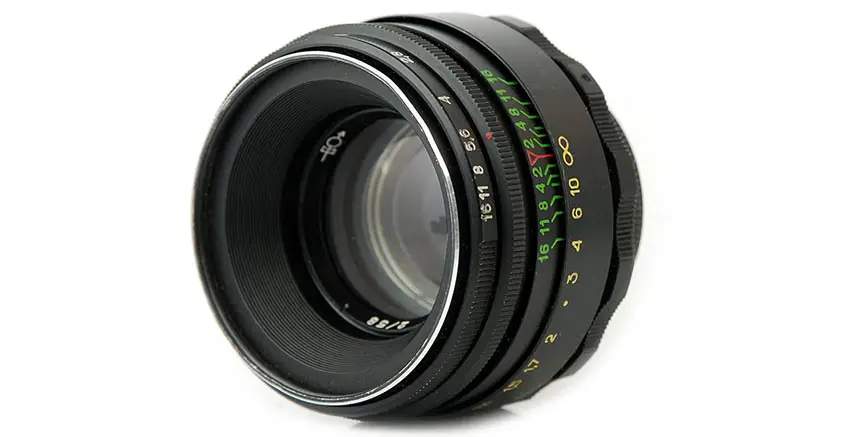New has finally come out that the latest Warner Bros./DC superhero film The Batman used vintage Helios 44-2m lenses to film the pivotal car chase scene between the Batman and the Penguin. The action-packed sequence relied on the rehoused Helios because of its compact, lightweight design and its gritty spherical look.
“The idea was, how can we use the texture of the lenses, the texture of the film, all of these things, in order to take the pristine cleanness of digital and introduce them in a way to make you feel the atmosphere of this place.” – Matt Reeves
According to cinematographer Matt Holtz, the Matt Reeves directed film also used the Jupiter 2, and both lenses (which Holtz dubs “BatGlass”) not only made it possible to mount the cameras practically to both cars used in the chase but also because they had similar characteristics to the main detuned anamorphic lenses used for the rest of the film.
The process of rehousing the lenses isn’t discussed much in detail in the video above, only that the lenses are identical to the still image variant, with the guts of the lens being transferred in a cine style housing.
The rehoused lenses also enabled the filmmakers to shoot with PL mounts and be lighter than regular anamorphic lenses.
Reeves and Director of Photography Greig Fraser, took the Helios and Jupiter 9 lenses, which were provided by IronGlass Adapters and Vintage Lens for video, were put onto the Alexa LF cinema camera and then tested by shooting footage of downtown Los Angeles at night and see what Gotham could look like.
“Those are some pretty messed up lenses,the camera house said they were broken.” Reeves told the Dolby Sound and Image Lab podcast, “The edges of the frame were completely distorted, and sometimes the focus was on the weirdest part of the frame.”
Reeves added that these lenses provided that 70s texture that was inspiring the look of the film and would immerse the audience visually into the world of The Batman and give them the visceral side of the film Reeves and Fraser were going for.

Image Credit: Helios
The Helios and Jupiter 9 both enjoy reduced full frame resolving power with center sharpness that reduces as it moves towards the edge and reduced contrast. The Bokeh was also very unique in its look due to its spherical characteristics. The filmmakers were then able to use lighting to take advantage of these visual flaws and push the look even further.
That commitment sure paid off, though, as the practical and optical effect achieved by these lenses drives the story far more than relying on clean digital and CGI. It’s a celebration of vintage lenses in general.
And filmmakers who want to use these lenses, or at least the still versions of them, can do so with great effect without breaking the budget.
[source: Mark Holtze]
Disclaimer: As an Amazon Associate partner and participant in B&H and Adorama Affiliate programmes, we earn a small comission from each purchase made through the affiliate links listed above at no additional cost to you.


